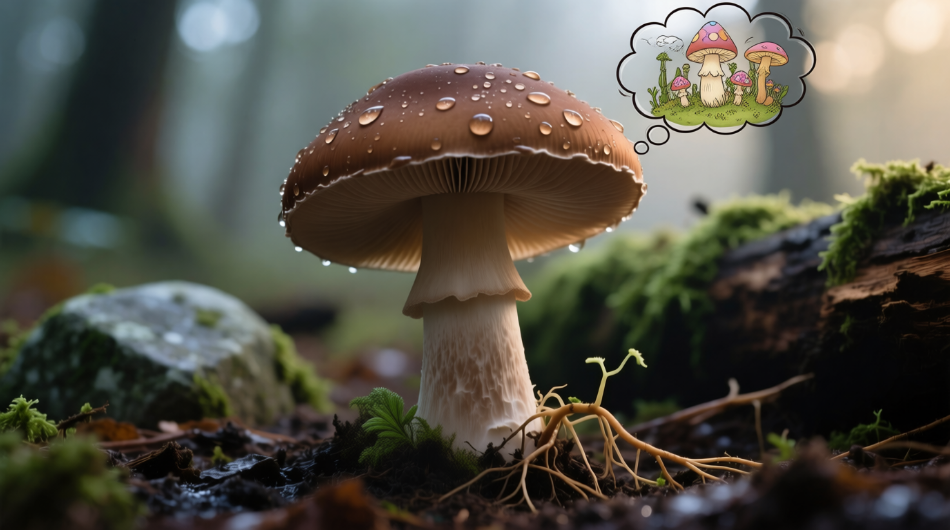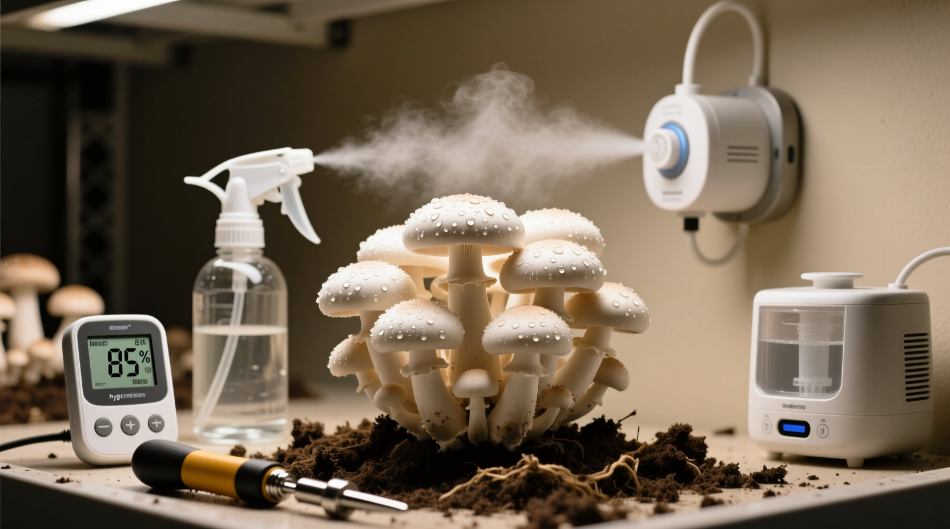Welcome, mycology enthusiasts, cultivators, and researchers, to an in-depth journey into the heart of one of the most critical parameters for successful mushroom cultivation: humidity. This element, often underestimated by novices, represents the lifeblood for every stage of the fungal life cycle, from spore germination to final fruiting. In this comprehensive treatise, we will explore not only the "what to do" but especially the "why" and the "how", dissecting every technical, scientific, and practical aspect. Through precise data, comparative tables, analysis of instrumentation, and proven protocols, we will transform humidity management from a mysterious art into an applicable science, guaranteeing the best results for your cultivations, whether it's a small home kit or a large-scale commercial operation.
In this article, we'll delve into the fascinating world of the Wood Ear (also known as Jew's Ear or Chinese Black Mushroom), a fungus that has captivated mycologists, botanists, and gourmets for centuries. Scientifically known as Auricularia polytricha, this mushroom stands out for its unique shape, remarkable properties, and widespread distribution. Through a detailed analysis spanning taxonomy, biochemistry, ecology, and mycoculture applications, this text aims to be the definitive resource for anyone wishing to fully understand every aspect of this extraordinary organism. Our exploration will be enriched with quantitative data, comparative tables, and references to scientific studies, offering a holistic and in-depth view of the Wood Ear.

Today we delve into one of the most fascinating and controversial areas of contemporary biology, exploring the scientific discoveries that are radically redefining our understanding of the fungal world and the very boundaries of biological consciousness. For centuries, we have considered fungi as passive organisms, simple decomposers, or, at best, culinary ingredients. However, the latest research is painting a completely different picture, revealing a universe of complexity, intelligence, and perhaps even a rudimentary form of consciousness that challenges every preconception. Through innovative studies that combine mycology, neuroscience, physics, and computer science, we are discovering that mycelial networks possess extraordinary capabilities: they process information, make decisions, exhibit memory and learning, and communicate through sophisticated signaling systems. This article is an in-depth journey through the experimental evidence, scientific theories, and philosophical implications of what could prove to be one of the most significant revolutions in the way we conceive of life and mind on our planet.











 – dati botanici, caratteristiche, morfologia, habitat, p_950.jpeg)
